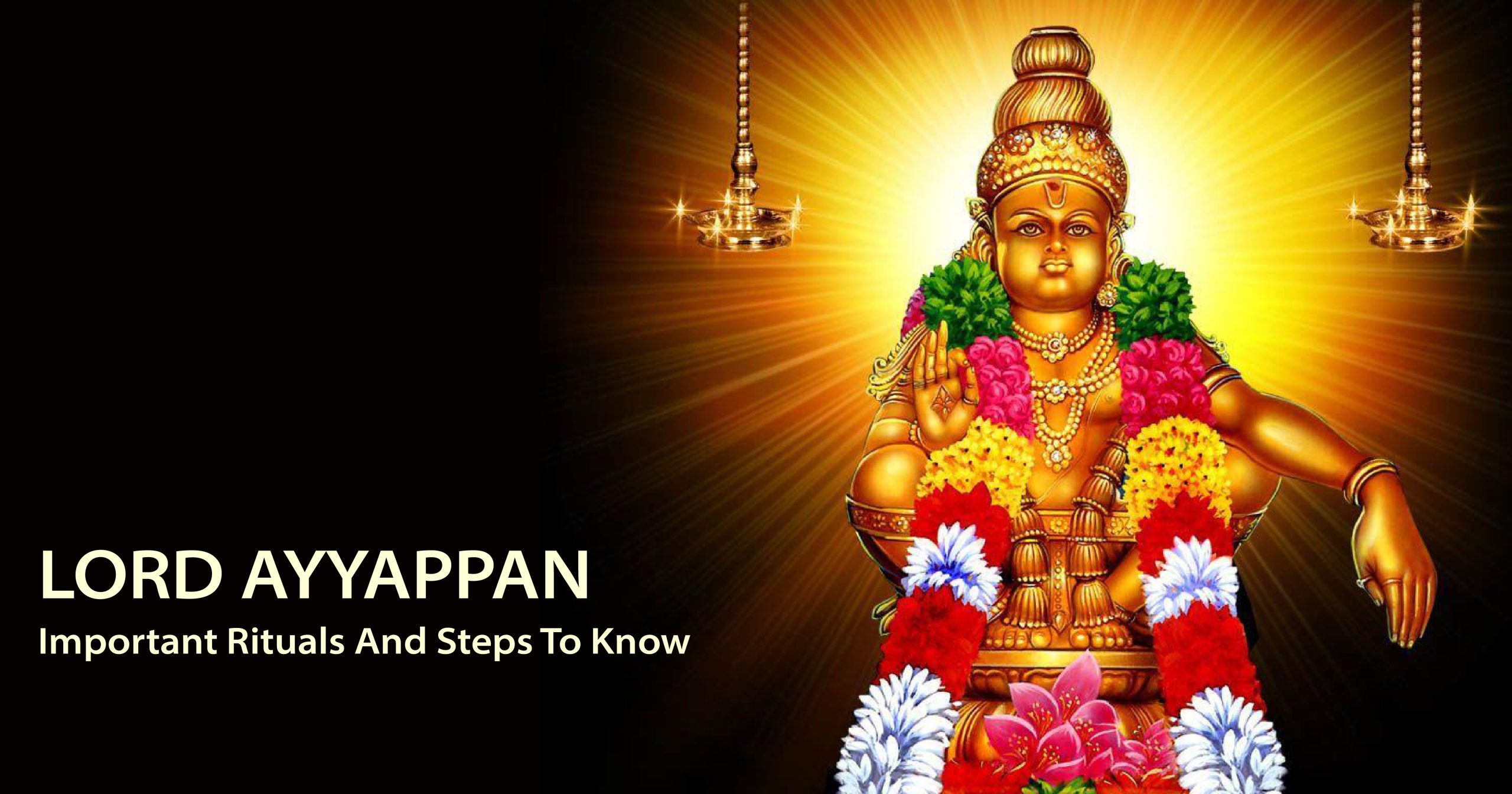Who is Lord Ayyappa?
Lord Ayyappan, also known as Sastha or Dharmasastha, holds a special place in Hindu worship, particularly in southern India. According to a Sanskrit text, he is believed to be the son of Shiva and Vishnu, with Vishnu taking the form of Mohini. Abandoned in his infancy with only a bell around his neck, he was adopted by the king of Kerala. As Ayyappan’s divinity became apparent, a shrine was built in his honor. He is revered as the embodiment of truth, righteousness, and dharma. He is expected to eliminate evil forces.
Birth of Ayyappan
The birth and history of Lord Ayyappan are intertwined with the Pandya dynasty. King Rajashekara, a just and revered ruler of this dynasty, faced the sorrow of childlessness. Desperate for an heir, he and his queen prayed to Lord Shiva. Meanwhile, a demon named Mahishasura wreaked havoc, and only the offspring of Vishnu and Shiva could defeat him. To fulfill this destiny, Lord Vishnu assumed the form of Mohini, and a child was born to them.
King Rajashekara discovered this divine child, Manikandan, during a hunting trip. A sage advised him to raise the child, and as Manikandan grew, it became evident that he possessed extraordinary abilities. Despite attempts to harm him, including poisoning, Manikandan’s divine nature prevailed, and Lord Shiva himself healed him.
The story unfolds with Manikandan undertaking a mission to retrieve the tigress’ milk for the queen’s supposed ailment. Along the way, he encountered and defeated Mahishi, the sister of the demon Mahishasura. Later, he revealed his true identity to his father, King Rajashekara, and granted him a boon. Manikandan then guided the construction of a temple in his memory at Sabarimala, emphasizing the importance of devotees observing strict penance before seeking his darshan.
Sabarimala Pilgrimage
The Sabarimala pilgrimage tradition involves devotees observing a 41-day penance, symbolizing the principles of self-discipline that Lord Ayyappan represents. The temple, constructed on the sacred land resurrected by Parasuraman, witnesses a vibrant pilgrimage, with devotees adorning themselves as they climb the eighteen stairs, echoing the divine journey of Lord Ayyappan.
Rituals
To worship Lord Ayyappa and receive his blessings, devotees follow a strict religious code. Before embarking on the pilgrimage journey to the Sabarimala temple, they must observe a 41-day penance, during which they abstain from physical pleasures and family ties, and live a celibate life.
- This period is considered a time of spiritual purification, where devotees refrain from worldly pleasures, alcohol, and non-vegetarian food, and avoid cutting hair, nails, or shaving.
- They are also required to maintain a mindset that avoids hurting anyone’s feelings through thoughts or actions.
- During the pilgrimage, devotees carry a special travel kit called an irumudi on their heads. This bundle, usually in black, dark blue, or saffron color, has two compartments.
- The front part contains pooja articles and offerings for Lord Ayyappa, including a coconut filled with ghee, jaggery, cane sugar, raw rice, betel leaves, and camphor. The second compartment holds the personal belongings of the worshiper.
- The pilgrimage involves trekking on foot for miles, bathing in the sacred river Pampa, and adorning oneself with the three-eyed coconut and the garland. To reach the Sabarimala temple, devotees must climb 18 steep stairs. Pilgrims from across the country traverse dense woods, hike hills, and endure challenging weather conditions to seek the blessings of Lord Ayyappa. Following this rigorous path is believed to demonstrate devotion and sincerity, paving the way for a spiritual connection with Lord Ayyappa.
Lord Ayyappa, a celibate deity, is honored through festivals that draw millions of devotees to the challenging Sabarimala pilgrimage. This sacred journey involves traversing steep mountains and dense forests, covering extensive distances on foot, primarily during the months of Karthigai and Margazhi (mid-November – mid-January). The pilgrimage culminates with the appearance of Makara Jyoti, a celestial light resembling stars around sunset on the sacred Makar Sankranti Day, usually on the 14th or 15th of January.
An essential aspect of the Sabarimala pilgrimage is the celibacy of Lord Ayyappa, restricting the participation of menstruating women in the journey. This tradition has been followed since ancient times, adding a unique dimension to the pilgrimage.
Festivals Dedicated to Lord Ayyappan
In addition to the pilgrimage, the Niraputhari festival is celebrated annually at the Lord Ayyappa temple in Sabarimala, marking the beginning of the harvest season. During this festival, priests perform puja on paddy spikes, symbolizing the agricultural prosperity associated with the harvest.
The ancient allure of the Sabarimala pilgrimage lies in the divine magnetism and power expanding from this sacred site. Devotees are drawn to the spiritual significance of the journey, making it a cherished and revered tradition.
Conclusion
In conclusion, the festivals dedicated to Lord Ayyappa, particularly the challenging Sabarimala pilgrimage, hold a timeless allure for millions of devotees. The spiritual journey through steep mountains and dense forests, culminating in the celestial Makara Jyoti, reflects a deep connection to ancient traditions.
Enhance your spiritual practices with quality puja products at www.poojai.com


